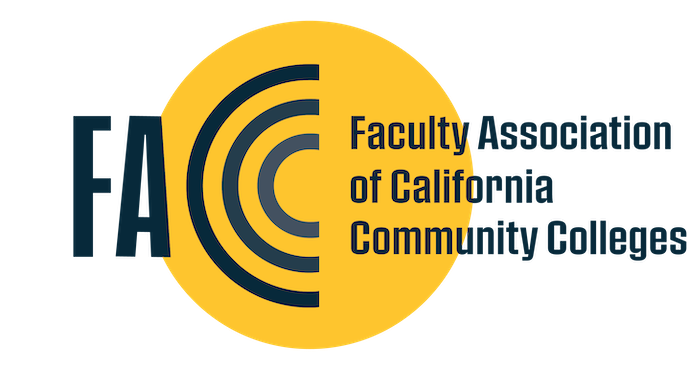In December 2022, an event occurred that caused a revolution in how we find, interact, and record information- ChatGPT was released. In response to the growing array of newly introduced software, the term "AI" (Artificial Intelligence) became a notable addition to our vocabulary. AI has revolutionized the process of writing both fiction and non-fiction books, creating artwork, and modifying existing films. This is one of the major issues in the SAG-AFTRA strike. Notably, it has been used to de-age actors, as seen in movies like the latest "Indiana Jones" and "The Mandalorian". Technology has enabled the creation of abstract animated images, as shown in the introduction to "Secret Invasion" on Disney+. These advancements in visual effects have opened new possibilities for filmmakers to bring imaginative and visually stunning scenes to the screen. This article will focus on the potential advantages of integrating AI within your roles of higher education, exploring its application in the creation of non-fiction literature, and navigating the collaborative process of working with AI as co-authors and editors.
AI writing tools can be used to generate outlines, create lecture notes, develop assessments, provide feedback on student writing, identify areas for improvement, suggest revisions, and create personalized learning experiences based on individual needs and learning styles. For instance, an English instructor could use an AI writing tool to generate a list of potential essay topics for their students, while a history instructor could use an AI writing tool to create a timeline of events for a particular historical period. Choosing the right AI writing tool is crucial for success. Each tool has its own unique strengths and limitations, so it is important to select the one that aligns with your specific project requirements. AI writing tools can be a valuable resource for community college instructors, helping in developing course materials, providing feedback to students, creating personalized learning experiences, and enhancing their own writing. These tools can help instructors streamline their workflow, improve the quality of their teaching materials, and provide more individualized attention to their students.
By using AI writing tools effectively, community college instructors can save time, improve their productivity, and enhance their teaching effectiveness. These tools can help instructors become more efficient educators by providing them with new ways to engage their students and personalize their learning experiences. For example, a science instructor could use an AI writing tool to develop a quiz or assessment for their students, while a math instructor could use an AI writing tool to create step-by-step solutions to math problems. An English faculty member could use AI to overcome the dreaded writer's block. All educators can use AI-powered writing tools to develop and expand their syllabi and course content.
In order to put these ideas into action, these human authors opted to test their ability to co-author a book in the realm of decision-making, leveraging the power of AI as a collaborative partner. Their prior experiences with the AI programs Bard (GPT-4) and Forefront (AI assistant) had already convinced them that these AI tools could significantly enhance the creative process of book writing. Utilizing AI can provide inspiration and suggestions to enhance the overall quality of your writing. A feature usually overlooked is “Regenerate Response”—this feature allows users to iterate and refine the conversation until they obtain a satisfactory response, or continue the dialogue in the desired direction. The authors selected Forefront AI as the main AI and Bard as a “check and balance” for the searches. Bard has the advantage of being connected to Google. With its pre-trained large language models, it allows the platforms to generate ideas, brainstorm plot lines, develop characters, and even generate portions of the book's content.
While AI can be a valuable tool in content creation, editing plays a crucial role in refining AI-generated content. The steps used by the authors (now more, the roles of "editors") included considering the type of book that was to be written, whether it is technical or creative, and choosing a tool that complements those goals. Editing focuses on clarity, conciseness, accuracy, relevance, and interest during the editing phase. Maintain consistency in your writing style and voice throughout the content. Reading the content aloud is an effective technique to identify awkward phrasing or passages that may require clarification. Seeking feedback from others may also provide a fresh perspective and uncover potential areas for improvement. Exercise patience during the editing process, as it is an intricate task that requires time and dedication to ensure the content reaches its full potential.
In conclusion, AI can be a powerful ally with the right approach and reasonable balance between AI assistance and human creativity. By selecting an appropriate AI tool, defining your objectives clearly, embracing adaptability, and harnessing AI effectively, you can streamline your process and create compelling and engaging teaching materials, including books, that reflect your unique voice and insights.
The authors used this process to publish a thirteen-chapter, 156-page book on decision-making in less than a month. An Amazon book titled, “A guide for making decisions in the post-pandemic world, A handbook written by Artificial Intelligence”.
FACCC blog posts are written independently by FACCC members and encompass their experiences and recommendations. FACCC neither condemns nor endorses the recommendations herein.
